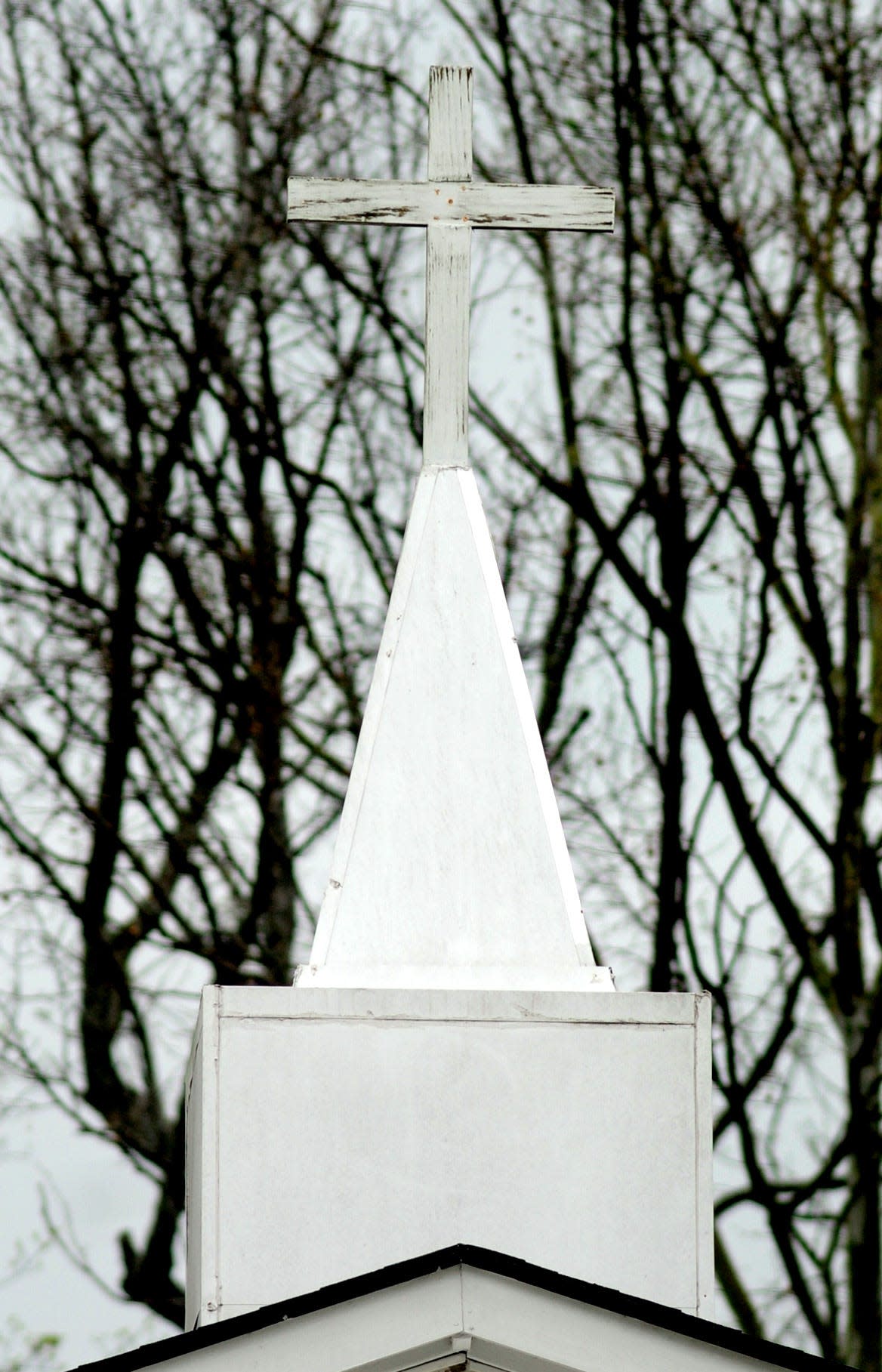Where did Mount Misery Road in Brunswick County get its name?

With a name like Mount Misery Road, you'd think there has to be some kind of story behind it. As it turns out, you'd be right, and the story is just as dark as the name might suggest.
The long and winding Mount Misery Road starts off U.S. 74 and 76 near Leland, passes by Navassa and runs through rural Brunswick County before coming to an end at the town of Northwest.
According to a 2009 story in the StarNews, Mount Misery was a large sandhill that stood about 25 feet high. It was located north of Eagles Island and about seven miles from Wilmington in what is now Navassa, near where the Sutton Plant is.
The name Mount Misery first appears on a map by the cartographer John Collet in 1770, and can be found on maps through the early 1800s. A ferry across the Cape Fear River operated there in the 1700s.
Like us on Facebook: Take in more Wilmington-area history with our Cape Fear Unearthed page
At some point, and it's unclear when or why, the sandhill known as Mount Misery ceased to exist, at least not in as prominent a form as it had in the past.
There are a couple of theories as to why it was called Mount Misery.
The historian Claude V. Jackson III has written that the area near Mount Misery was difficult land to work, hence the name.
There's another possibility, one that's much more sad.
More: What's going up at the former Willoughbys bar in Leland?
This one has enslaved Africans being taken off boats near Mount Misery, then being forced to walk the 90 miles to Fayetteville. A certainly miserable journey, the likelihood that some, if not many, died on the forced march seems high.
Mount Misery Road generally leads in the direction of Fayetteville, so that tracks.
Misery often breeds ghost stories, of course, and Brunswick County writer J.C. Judah ("More Legends: Tales and Traditions of Brunswick County and Southeastern North Carolina") has written about people on Mount Misery Road hearing the eerie late-night sounds of moaning or clanking chains.
Other stories tell of people driving on Mount Misery Road and experiencing unexplained feelings of fear.
An added wrinkle to the story: it appears that Mount Misery Road used to be in a different location.
George Beatty Jr. of Leland said he was doing some research into property in Brunswick County purchased by his father in the 1930s from the Reaves family, from which the historic Reaves Chapel on Cedar Hill Road takes its name.
Beatty said that as he was digging through property records, he found a deed from 1907 listing Reaves Chapel, which dates to the 1860s, as being on Mount Misery Road.
It's not clear when the road currently known as Mount Misery Road got its name, or why Cedar Hill Road is no longer known as Mount Misery Road.
Eddie Jackson of Southport said the change(s) might've come in 1970s. At that time, he said, many of the rural roads in Brunswick County didn't even have names. To make it easier for postal workers and emergency workers to navigate, Jackson said, many previously unnamed roads were named or, possibly, renamed.
Contact John Staton at 910-343-2343 or John.Staton@StarNewsOnline.com.
This article originally appeared on Wilmington StarNews: Where did Brunswick County's Mount Misery Road get its name?

